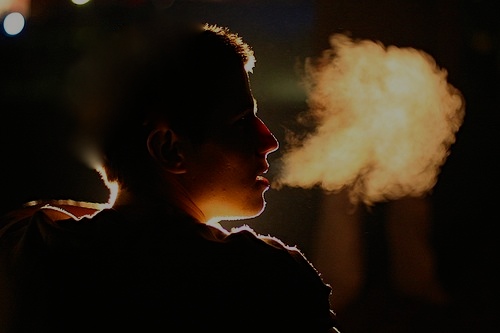Iggeres HaT’shuva: End of Chapter 7, Tammuz 22, 5775
So imagine you never did any aveira worthy of death from beis din or being cut-off…The little things we ignore in our relationship to Hashem add up. The little fibers of the 613 strand rope connecting us with G-d become severed weakening the experience. Realizing that we have distanced ourselves from Hashem will motivate to move forward.









